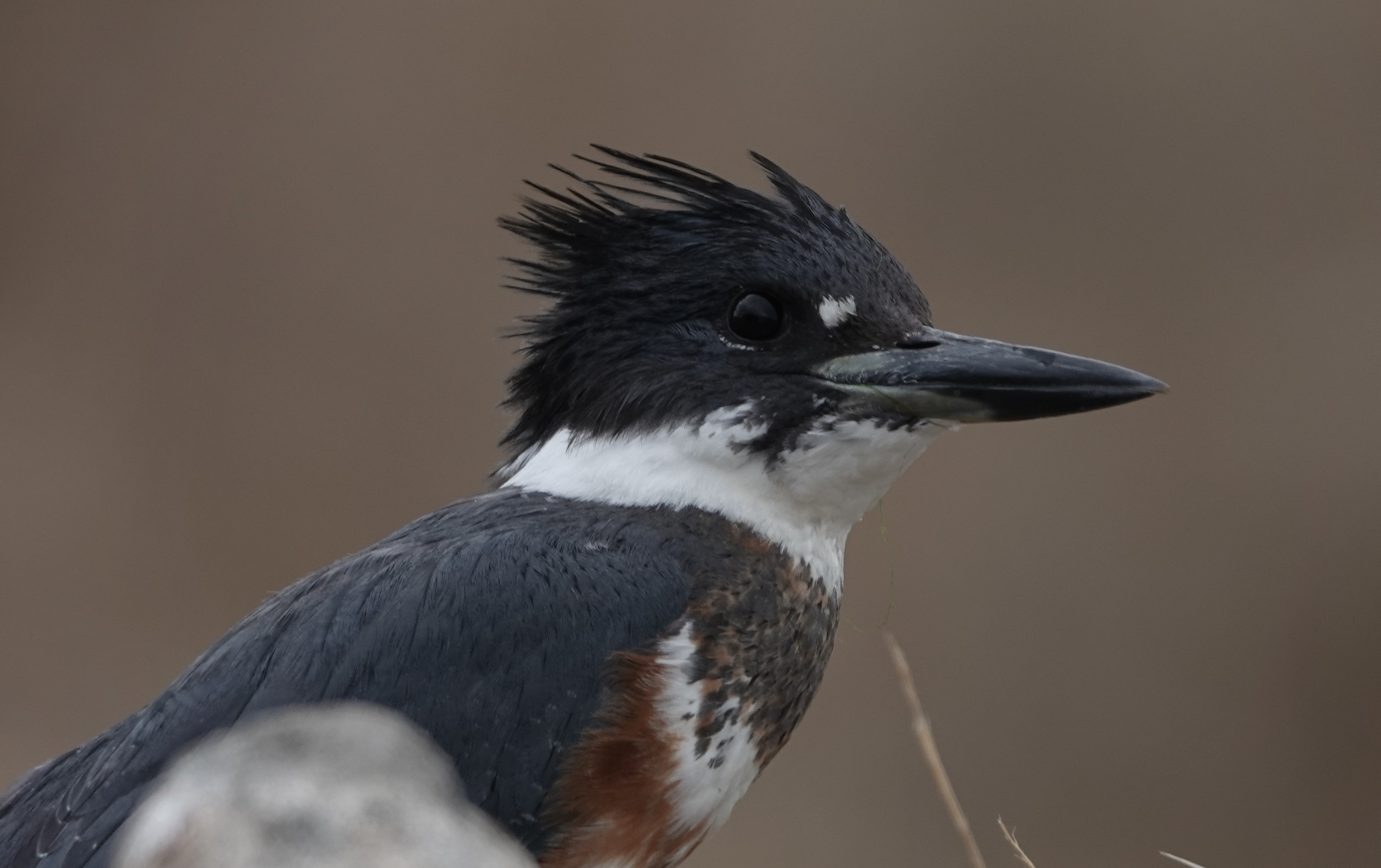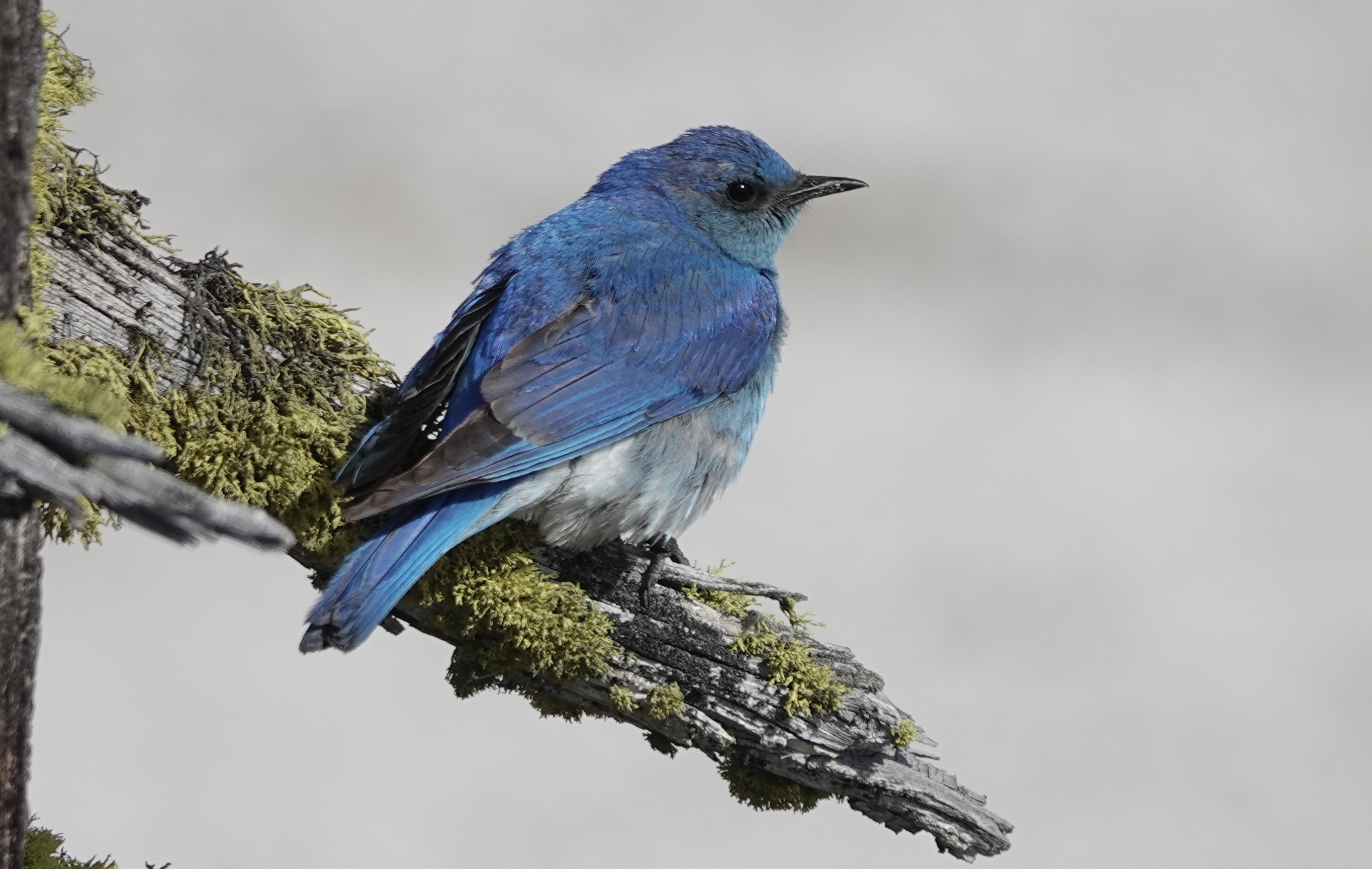The Weird and Wonderful World of Sea Ducks

"What makes a duck a duck?" This question was posed to me the other day by a friendly gentleman who stopped to chat as I stood behind my spotting scope, peering over massive swells and crashing waves at a distant flock of dark specks bobbing on the surface of the water beyond the breakers. These specks, I had informed him, were ducks. More specifically, they were a delightful collection of three species of scoter, a highly specialized type of sea duck designed for life on the rugged, wave-battered coast. Those are ducks? I could feel the skepticism. Yes, ducks. But not dabbling puddle ducks, like the familiar Mallard, or even hardy diving ducks, like scaup. These are sea ducks! Surf Scoters in Monterey Bay, off the coast of Moss Landing, California. July. I answered his question the best I could with somewhat divided attention: Biology, physiology, behavior and life history all combine to make a duck a duck, so that even...






